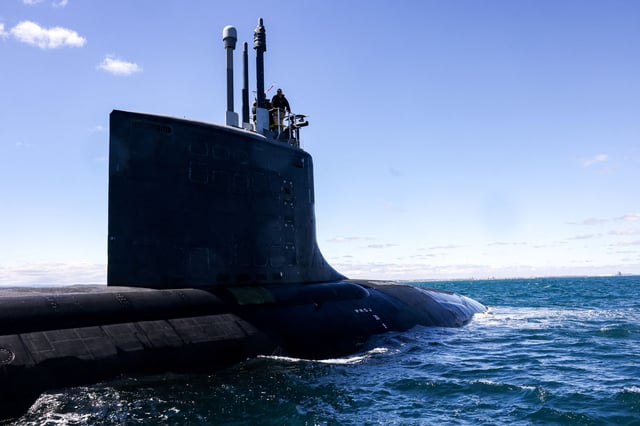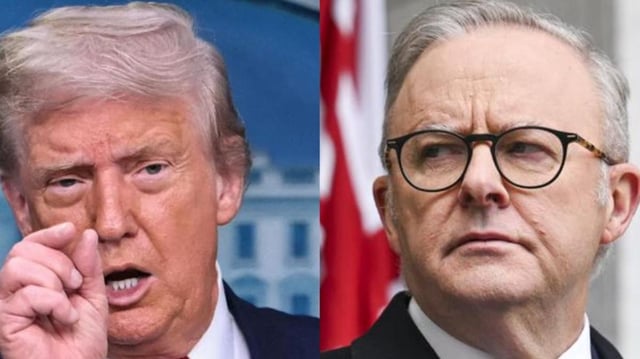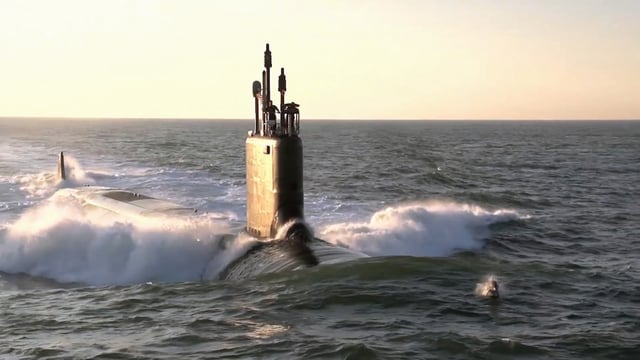Overview
- Authors Abraham Denmark and Charles Edel warn that scrapping the pact would undercut U.S. capability, credibility and deterrence in the Indo‑Pacific, benefiting Beijing and Moscow narratives.
- The report catalogs practical bottlenecks including lagging U.S. Virginia‑class output, Australia’s multi‑decade A$368 billion (about US$240 billion) cost burden, skilled‑labor shortfalls, and slow progress on AUKUS‑specific visas.
- It recommends joint U.S.–Australian contingency planning for the deployment of Australian‑operated Virginia‑class submarines to provide concrete reassurance without pre‑committing Canberra’s wartime decisions.
- The authors propose narrowing Pillar Two to autonomy, long‑range strike and integrated air defense, creating a streamlined AUKUS visa, and appointing a special representative to drive implementation.
- HMAS Stirling is highlighted as a near‑term hub for rotations and maintenance, though heavy Australian investment is seen as unlikely without a clear U.S. signal on planned submarine sales, as Defense Minister Richard Marles meets U.S. officials during an ongoing review led by Elbridge Colby.



